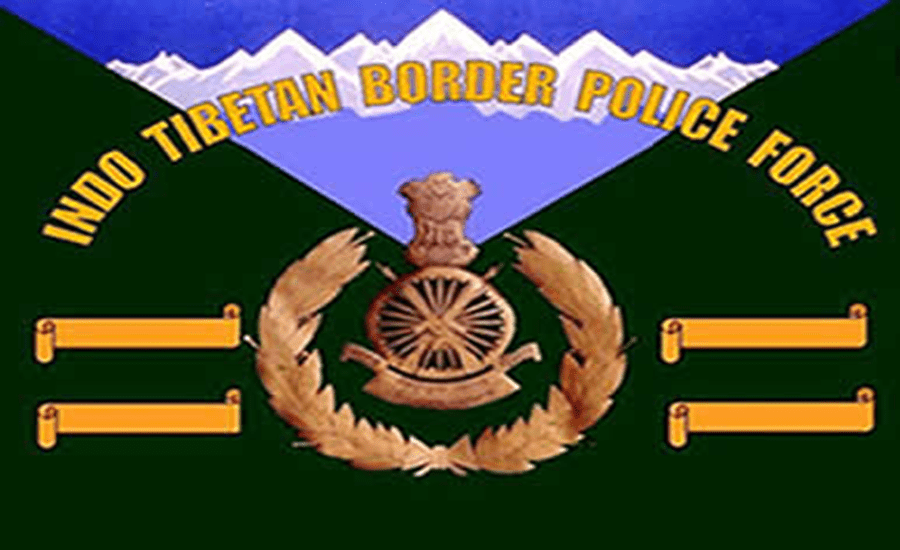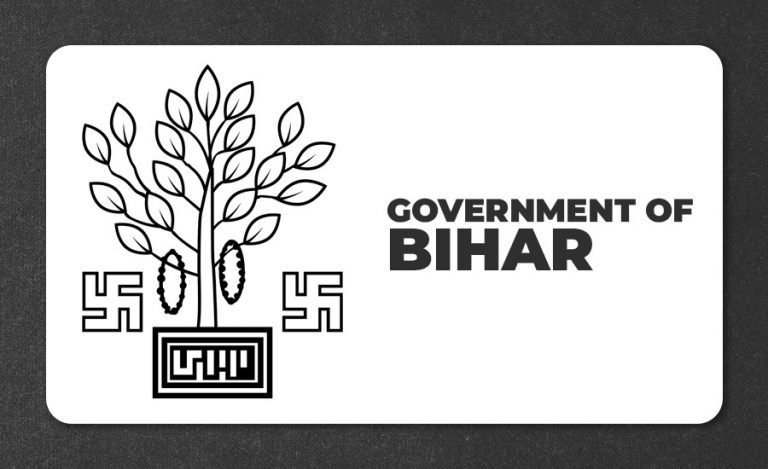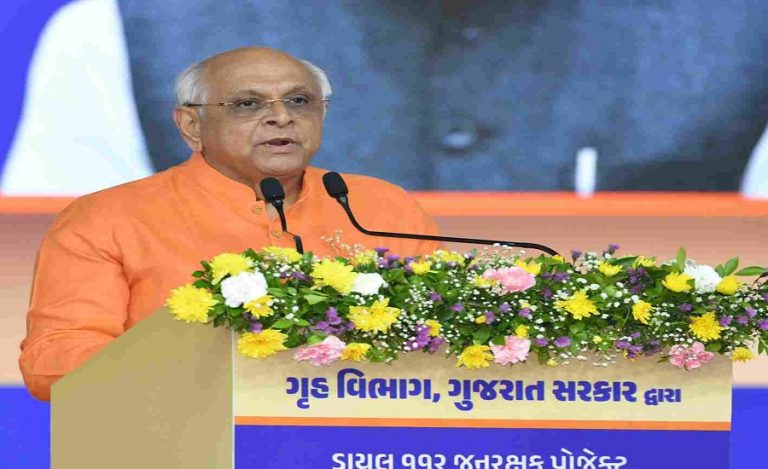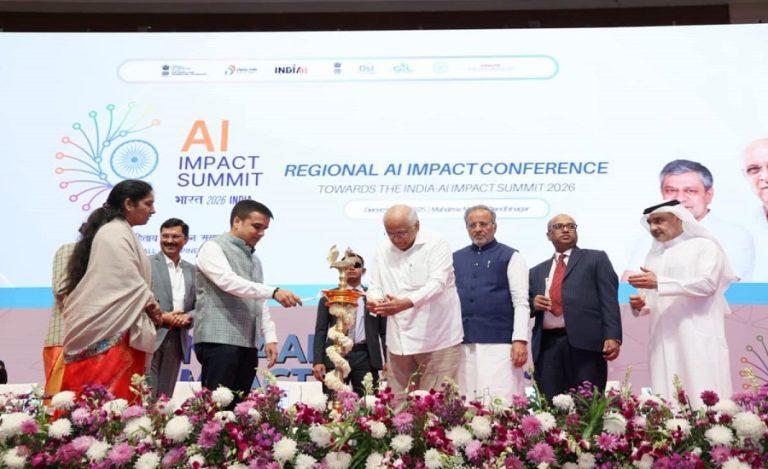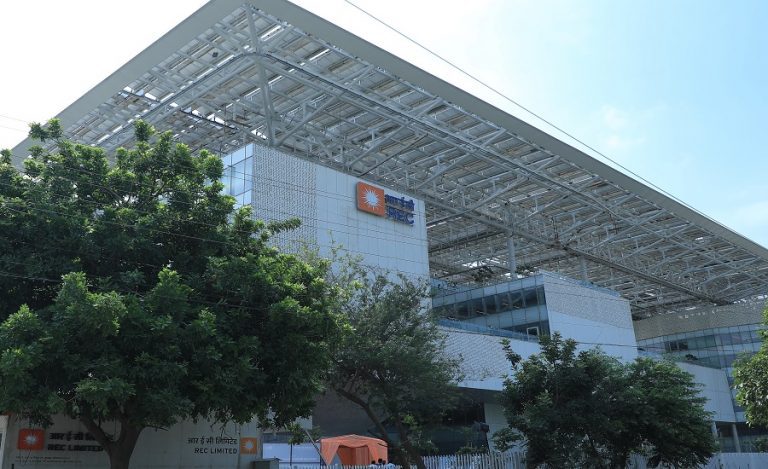New Delhi: In a significant recognition of counter-insurgency efforts, the Indo-Tibetan Border Police’s (ITBP) 27th Battalion has been awarded the title of Best Anti-Naxal Battalion. This honour highlights their dual approach of forceful action and community engagement in the troubled left-wing extremist (LWE) zones of Chhattisgarh.
What is the Best Anti-Naxal Battalion and when was it given?
The award was announced during the ITBP’s Raising Day parade held in Udhampur, Jammu & Kashmir, where the Director-General of ITBP, Praveen Kumar, presented the citation and trophy to the outgoing Commandant of the 27th Battalion, Vivek Kumar Pandey, and the incoming commander, B P Badaya.
The unit operates in the Mohla-Manpur region (adjacent to Maharashtra’s Gadchiroli and Chhattisgarh’s Kanker border districts) and has been recognised for both combat success and local community support.
The announcement is recent (November 20-21 2025) and aligns with the national target to reduce or eliminate the Naxal threat by March 2026.
Why did the ITBP 27th Battalion receive this top honour?
1. Decisive combat operations: In August 2025, the battalion eliminated two senior Naxal commanders: Vijay Reddy (State Zonal Committee member) and Lokesh Salame (RKB Division Secretary).
Over the past two years, their operations have been credited with neutralising nine other top Maoist leaders (including four Divisional Vice Committee Members and five Area Committee Members).
They also disrupted supply chains and logistics of the extremist outfits, and secured surrenders and arrests of over-ground workers, something vital in counter-insurgency.
2. Community-and-welfare engagement: The battalion set up a Field Hospital and the region’s first Veterinary Field Hospital, which served over 6,000 villagers and thousands of livestock across nearly 35 LWE-affected tribal villages.
They provided career counselling to tribal youth in the Aundhi area; several cleared staff selection and state police constable exams.
They even organised Diwali celebrations in remote tribal villages in 2025, enabling festivals for the first time — building trust and strengthening the bond between security forces and local communities.
3. Strategic significance of the region: The Mohla-Manpur region (Chhattisgarh) is a longstanding hotspot of Maoist activity, bordering Maharashtra’s Gadchiroli district—thus making operations there complex and risky.
The battalion’s efforts contribute directly to the national mission to eliminate Naxal threats by March 2026.
Importance of award to ITBP 27th Battalion for India’s security and local development
The Best Anti-Naxal Battalion award highlights how central armed police forces like ITBP are moving beyond traditional roles (such as guarding the India-China border) into internal security and counter-insurgency in challenging terrains.
Combining hard operations with soft power — medical camps, youth counselling, welfare — helps reduce alienation among tribal populations and blocks the insurgents’ space in remote areas.
For the local tribal populace, trust-building and outreach mean better access to services, representation and hope for recruitment and education.
From a strategic standpoint, defeating or containing the LWE threat in Chhattisgarh and adjoining states is critical for meeting the government’s timeline and enabling economic growth, safety and infrastructure in previously hostile zones.

